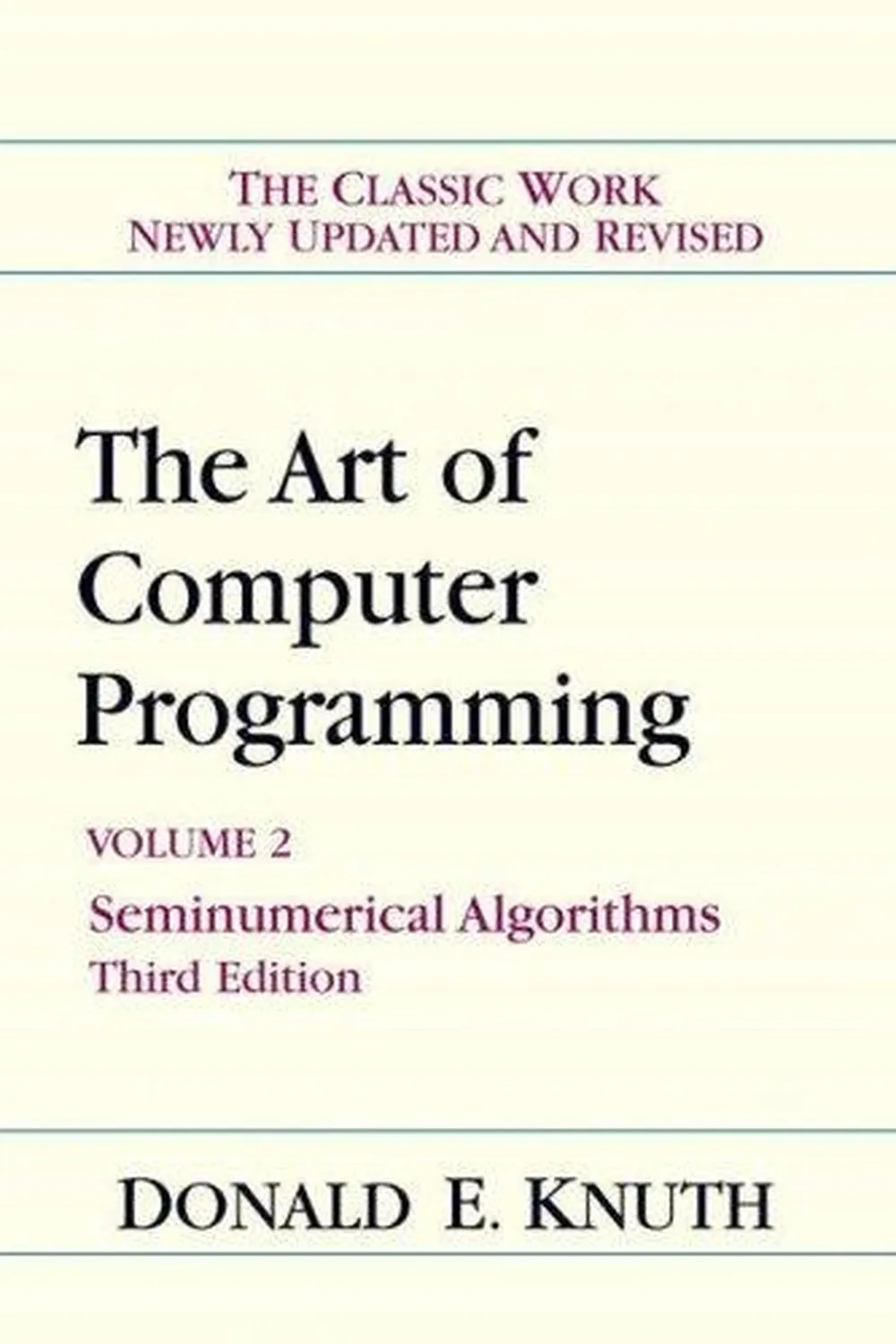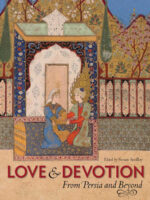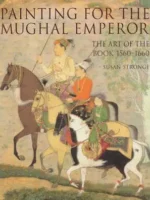The Art of Computer Programming Review
The Art of Computer Programming by Donald Knuth is the definitive treatise on algorithms and their analysis. It fuses combinatorics, data structures, number theory, and rigorous asymptotics into a toolbox for building and proving efficient programs.
Overview
Across volumes: basic algorithms and data structures; seminumerical methods (random numbers, arithmetic, polynomials); sorting and searching; combinatorial algorithms; and more to come. Exercises range from warm-ups to research-level knuthian puzzles.
Summary
Knuth builds algorithms from first principles, derives costs with exact counts and asymptotics, and checks results by literate programming and empirical tests. Careful attention to edge cases, memory models, and arithmetic precision makes the methods robust beyond toy settings.
Authors
Donald Knuth writes with mathematical precision and playful rigor; proofs, history notes, and errata culture set a high standard.
Key Themes
Analysis before implementation; exact counting as insight; elegance through invariants; reproducible experiments.
Strengths and Weaknesses
Strengths: depth, correctness, and timeless method. Weaknesses: steep learning curve and limited coverage of modern high-level paradigms. Use as a foundation and benchmark.
Target Audience
Systems programmers, algorithm engineers, researchers, and students seeking rigorous mastery.
Favorite Ideas
TAOCP’s exercise-driven learning; MIX/MMIX for machine-level clarity; careful RNG construction.
Takeaways
Prove, measure, then code. TAOCP teaches habits—precision, testing, and respect for edge cases—that outlast any language or framework.









